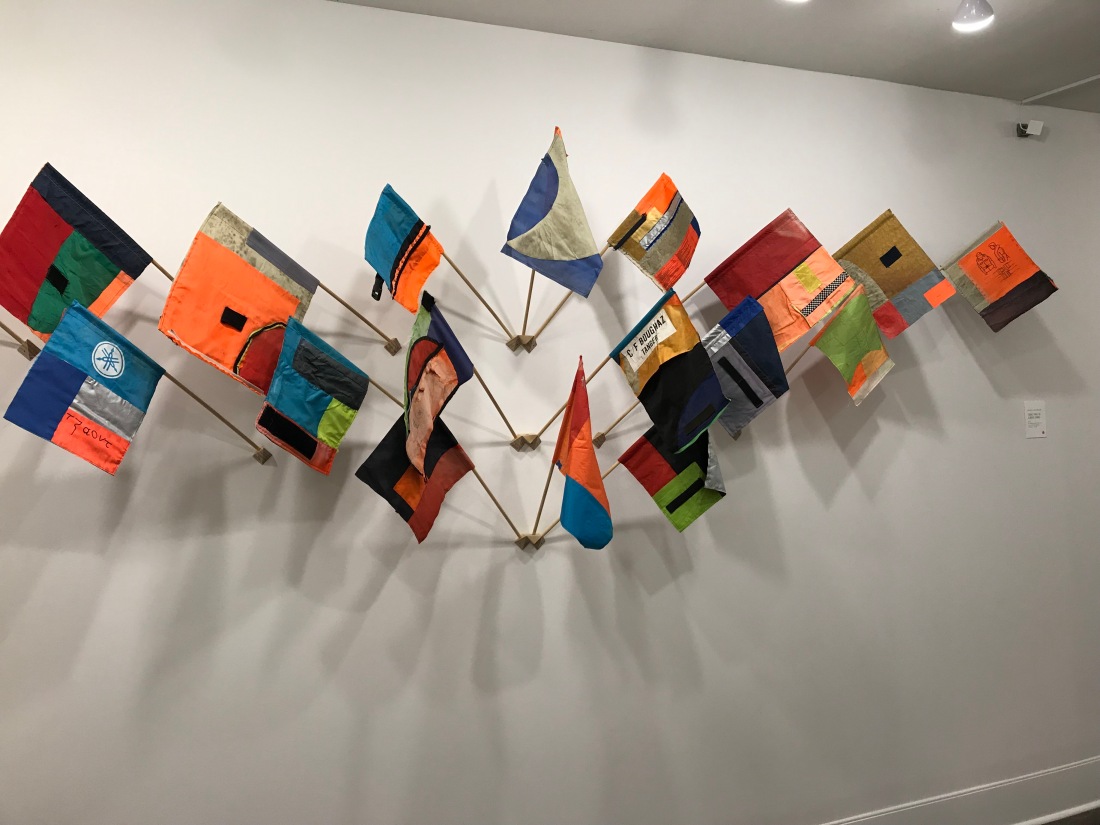 Since January this year I’ve been more aware of plastic pollution for two reasons. Firstly, several family members are on a drive to reduce their use of plastics, and this has had a really positive influence on helping me limit single-use plastics. Secondly, I’m now more likely to notice instances of plastic pollution. I have been amazed at how much micro plastic washes up along the coastline. I’ve tried to collect up such plastic each time I’ve walked on the beach in Cornwall.
Since January this year I’ve been more aware of plastic pollution for two reasons. Firstly, several family members are on a drive to reduce their use of plastics, and this has had a really positive influence on helping me limit single-use plastics. Secondly, I’m now more likely to notice instances of plastic pollution. I have been amazed at how much micro plastic washes up along the coastline. I’ve tried to collect up such plastic each time I’ve walked on the beach in Cornwall.
I’m on holiday at the moment in Myrtle Beach, South Carolina, USA. There’s not too much plastic turning up at high tide,?thankfully, along this coast. But there is a lot of single use plastic bags at the grocery store. Roll on US states making plastic bag bans as common place as in England.
With this in mind, I was interested to see the ‘Can’t you sea?’ exhibition on ocean plastic ARTifacts, currently showing at Myrtle Beach Art Museum. The bonus on the day I visited was an excellent talk by Beth Terry (@Plasticfreebeth) on how to live plastic-free. More on that later, but first some thoughts on the exhibition.
Exhibits of ocean plastic ARTifacts
Six artists have made 46 exhibits using a variety of discarded plastic materials from oceans around the world. The aim of the exhibition is to allow us to ‘sea’ what we’re doing to our planet. Here’s my pick of the exhibits.

‘Signal flags of climate change’ by Pamela Longobardi
These 18 flags are made from life vests from Lesvos, Greece. They tell a frightening story of refugees fleeing by sea. I’d not really thought of the impact on pollution of these life vests before, made into flags they tell their story in a new way.
‘Rainbow’s End II’ by Pamela Longobardi
We all love a rainbow, but look more closely and you see hundreds of disposable cigarette lighters. These were recovered from albatross nests in Midway Atoll, Hawaii and show that bright coloured rubbish is of interest to albatrosses, but can be deadly.
‘Vena’ by Alejandro Durán
This vein of red plastic was collected in Sian Ka’an, Mexico. I like the idea that the plastic is a river, continually flowing and causing erosion and deposition (I am a geography teacher remember). Think about the disruption caused when it floods. We can all help to reduce such rivers and flooding. That was the subject of Beth’s talk.
Living a plastic-free existence
Beth Terry’s talk outlined her 12 year journey to life without plastics. She had started to audit plastic consumption in 2007, after seeing pictures of a dead albatross with a stomach full of everyday plastic objects. This led her to further research on plastic-free alternatives for everyday products. By 2011 she had got her plastic waste (both recyclable and non-recyclable waste) down to one grocery store bag. Something for us all to aim for.
Beth has charted her journey extensively in her book shown below. Well worth a read as it highlights the steps you can take to a plastic-free life.

The main takeaways for me from her talk were:
- take the move to plastic-free step by step. You’re more likely to sustain the journey that way;
- take your own shopping bag(s) to the store regularly;
- take your own mug to the coffee shop, and bottle to refill at the water fountain;
- take your own (preferably non-plastic) container to the grocery store for use at deli counter, or for take outs if dining out;
- buy ‘naked’ produce from bulk bin stores or fruit and veg shops, avoiding unnecessary packaging;
- cook ahead and freeze items, using metal or glass instead of plastic;
- don’t immediately throw things away when they break down, attempt to fix them, or find a ‘repair cafe’ where someone can help you.
I’m doing some of these things, but could do better. How are you doing?


